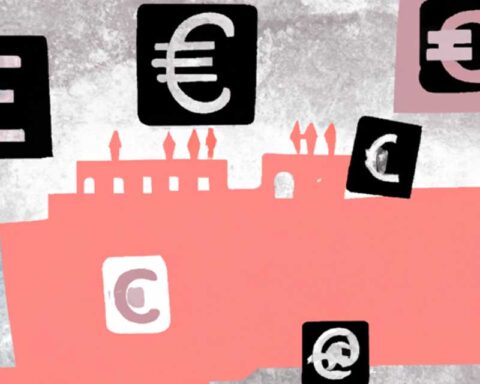TLDR:
- Generali Group is transforming into a diversified financial group focused on Insurance and Asset Management.
- The new structure aims to accelerate growth and address key business priorities.
The Board of Directors of Generali has approved a new organisational structure to reflect the Group’s main activities, as proposed by the Group CEO, Philippe Donnet. Starting from June 1st 2024, the Generali Group will operate as a diversified financial group focused on two main businesses: Insurance and Asset Management. This transformational change in structure is designed to further accelerate growth and address key business priorities for the insurance and asset management businesses more effectively, fully aligned with the ambitions of the Group strategic plan “LifeTime Partner 24: Driving Growth”.
The Insurance Division, led by CEO Insurance, Giulio Terzariol, will drive insurance business performance across all geographies, enhancing coordination, strategic alignment, and proximity to markets by adopting a streamlined and simplified organizational model. The business units DACH and International will be reorganized as part of the new Division, which will consist of five business units and three Regions.
Generali Investments Holding (GIH) will oversee all global asset management activities within the Group, focusing on delivering world-class performance and service to existing and new clients. Woody Bradford will be appointed as Chief Executive Officer of GIH. The Group Head Office remains in charge of defining the overarching strategy and corporate goals, supporting all business areas with a tailored focus and approach.
Generali CEO Philippe Donnet stated, “Generali Group has successfully evolved into an integrated insurance and asset management player at the global level, with a solid capital position and a strong focus on innovation and sustainability. Thanks to a simpler and leaner approach, the new organizational structure centered on insurance and asset management will accelerate the Group’s transformation and support the definition of the plan for the next strategic cycle.”









